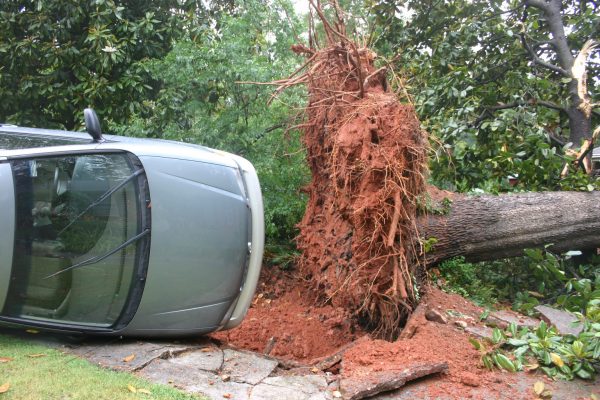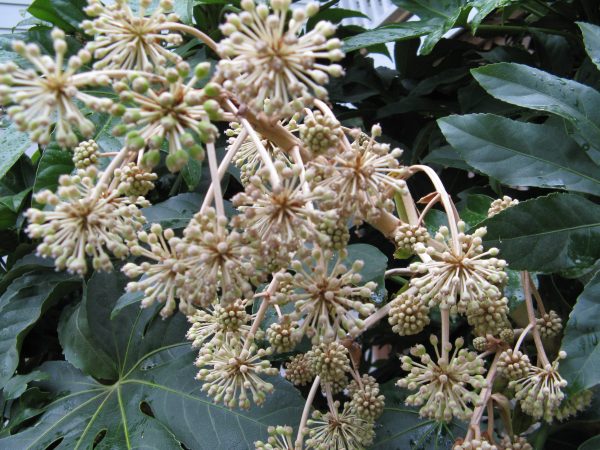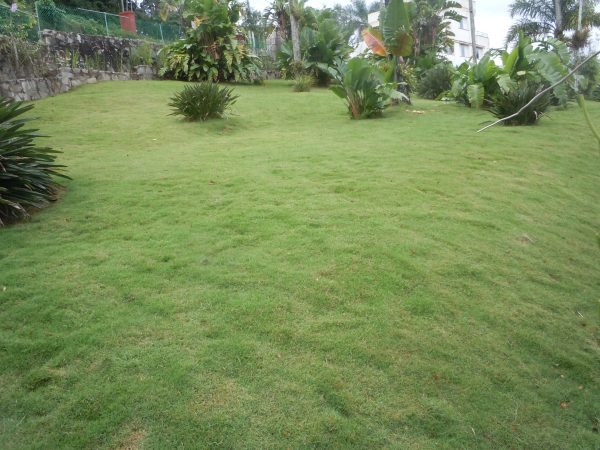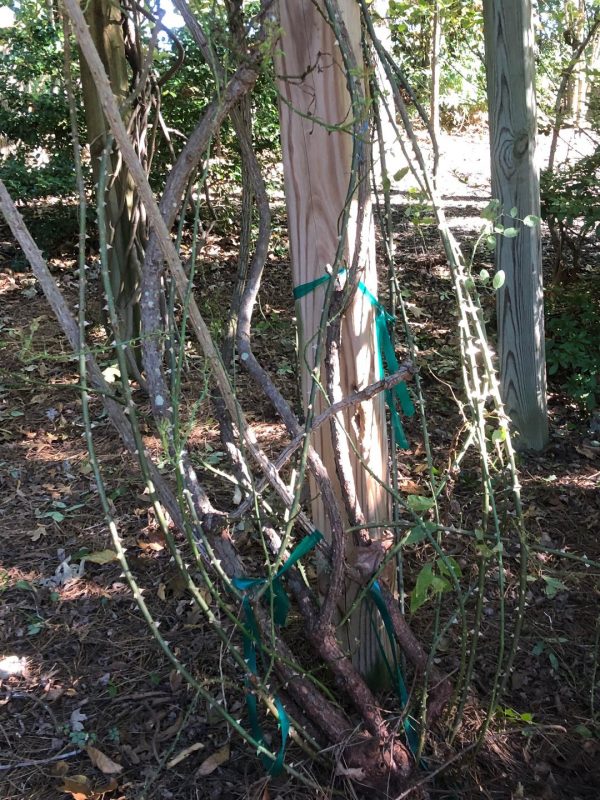Tree – Straightening When Blown Over

Summer or winter storms often blow over otherwise healthy trees. Here is a review of the basics of righting small trees that lean or have partially fallen.
I would ONLY attempt this on trees less than 15 feet tall….nothing bigger.
The first task is to shovel out a space under the root ball so it can fall back into place when the tree is pulled upright. Even if you can’t see a void under the root ball, dig underneath to remove soil that was disturbed as the tree fell. If you see broken roots, clip them cleanly with pruners. Use very thick padding under the rope or chain you wrap around the trunk in order to pull on the tree.
You can use a “come along” attached to a bigger tree nearby or possibly an automotive winch for this. I’m not sure you’ll have enough control if you try to pull it upright using the trailer hitch on your vehicle.
Remember: PADDING, PADDING, PADDING!
Once the tree is upright, tamp the soil around it with your shoes and water it thoroughly. This settles the soil into place. Once the tree is straight, you have to keep it that way for several years. If it is six to ten feet tall, sink a sturdy six-foot long stake three feet in the ground two feet from the trunk on each side of the tree. Loop one inch wide nylon belting loosely around the trunk and stake. The support should be loose enough to allow some swaying but not so loose that the tree can fall again.
If the tree is 10′ – 15′, use three strong stakes driven into undisturbed soil and connected to the tree with wire attached to wide nylon belting around the trunk . Again, the guying should be loose enough to allow some swaying by the trunk. The latest research has found that using water hose to pad guy wires can result in great harm to tree bark. Nylon belting one to two inches wide is a better material for holding the tree upright.
Whichever system you choose, it should be left in place at least three years. The best way to attain good anchoring root growth is to spread mulch at least six feet from the trunk in all directions and keep the tree watered in summer.
Even though it was written for Montana, this booklet has a great explanation of how to repair trees. Caring for Trees After a Storm


this one is too big to fix!













